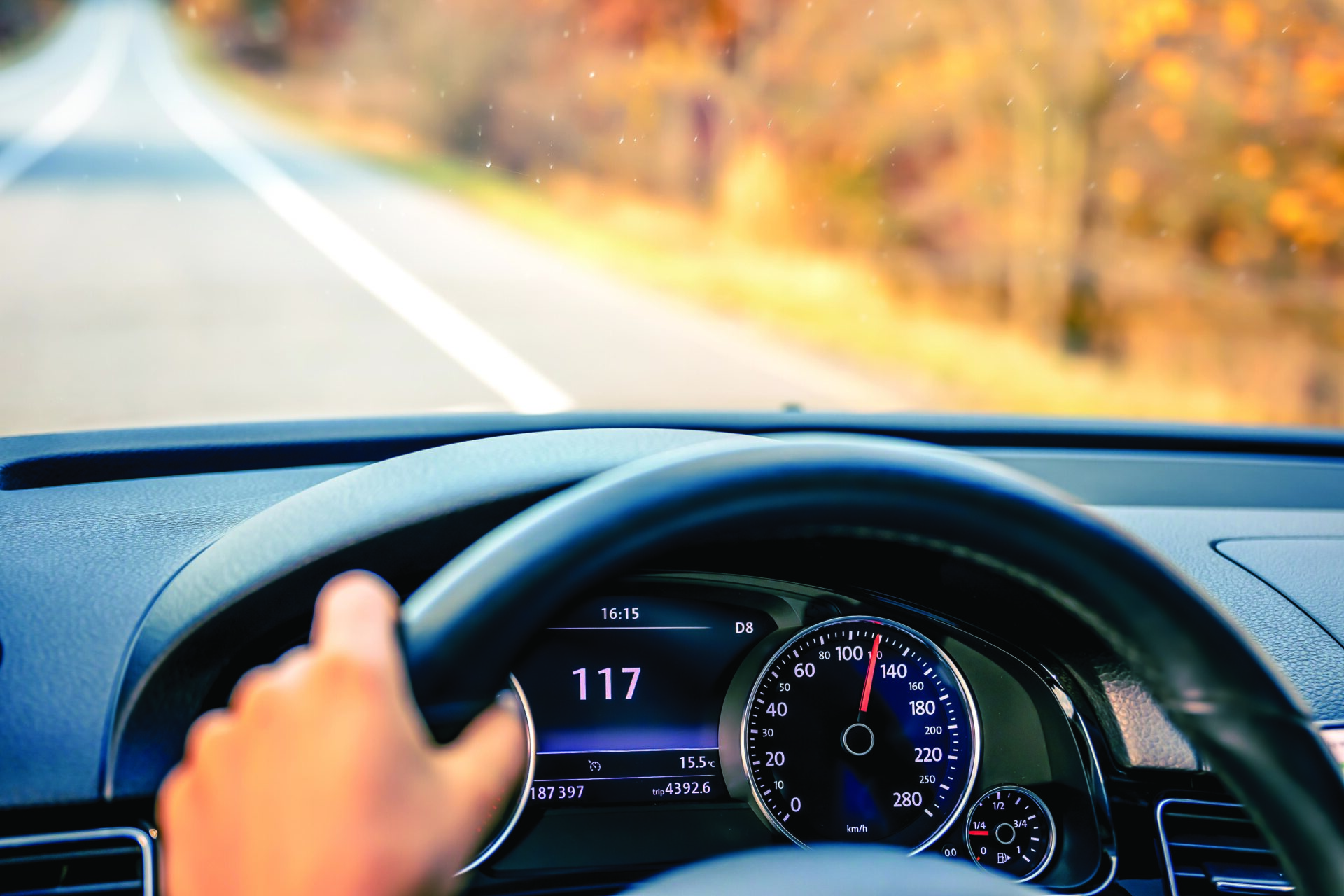FAST AND INTOXICATED
The Fast and the Furious, movie series is largely concerned with street racing and heists. Many action movies have a car chase, often a hot pursuit of suspects by law enforcement. These movies and Fast Cars lyrics and songs by the likes of Tracy Chapman and Luke Combs have popularised fast car culture. Young super-rich brats, often underaged, intoxicated with self-importance, alcohol, or drugs, try to impress their girlfriends and peers with the speed of their overpowered fast cars gifted by their doting parents. This has led to a series of hit-and-run accidents with tragic consequences for other road users, ruining many destitute families. Using their family wealth and connections these brats get away with tampering of evidence, suppression of eyewitnesses, botched investigations, and miscarriage of justice. The Pune Porsche crash and BMW Mumbai accident are fresh in public memory.
HYPER CARS ARE KINETIC ENERGY WEAPONS
The fastest cars like Koenigsegg’s Jesko Absolut (Sweden), Bugatti’s Chiron (French), SSC‘s Tuatara (USA), Hennessey’s Venom F5 (USA), have 1600 to 1800 horsepower 8 cylinder mega engines for fast acceleration to speeds of 450 km/hr. McLaren’s Speedtail, Aston Martin’s Valkyrie, Pagani’s Huayra and Lamborghini’s Revuelto, Porsche’s 911 Turbo reach speeds of 330 to 400 km/hr. Mercedes’s AMG GT, Alfa Romeo’s Giulia Quadrifoglio, BMW’s M8 Competition, Audi RS7 Performance, and Toyota’s Lexus LC500 can reach 250 to 300 km/hr. These nearly 2-tonne cars have a momentum of about 150 thousand Kg m/s at speeds of 250 to 300 km/hr. It drastically reduces braking distance and is enough to act as a powerful kinetic energy weapon to destroy obstructions and crush lives. The impact forces that result from such high momentum are beyond the tolerance of the human body and can kill the persons inside the vehicle.
SAFE CARS
A safe car should not catch fire, have corrosion resistant body and parts, a 5-star rating in a crash test by the New Car Assessment Program (NCAP), have other safety features like seatbelts, airbags, Isofix attachment points for child safety seats, Anti-lock braking system (ABS), Electronic Stability Control (ESC), Tyre Pressure Monitoring System (TPMS), Lane Departure Warning System (LDWS), Blind spot Detection and Warning, Driver Monitoring/Drowsiness/intoxication Detection and speed controllers.
ENVIRONMENTALLY SUSTAINABLE CARS
Fuel-guzzling overpowered supercars and those with high exhaust emissions are the worst offenders. Electric cars have issues with the source of electricity from fossil fuel-fired power stations; pollution due to heavy metals used to manufacture batteries, and increased wear and tear of vehicles and roads due to heavy half to one-and-a-half-tonne batteries. Hydrogen production needs special electrodes and renewable energy sources. Hydrogen cars need a fuel cell with heavy metal issues and low efficiency. If green hydrogen is used like compressed natural gas (CNG) in internal combustion engines (ICE) it can be a game changer. Biofuels, synthetic fuels, fuels from ‘artificial photosynthesis’, and liquid nitrogen vehicles are other future possibilities. Top speed limits in automobiles can reduce noise and air pollution and enhance the safety of pedestrians, cyclists, and other road users. Electric public mass transport and goods transport are essential to reduce automobile usage, traffic accidents, and carbon emissions.
LIMITS TO EXCESSIVE OR INAPPROPRIATE SPEED
The new 262-km-long Bengaluru-Chennai Expressway (BCE) NE-7 will shorten the distance between Bengaluru and Chennai by 80 km, and has a speed limit of 120 km/hr. Beyond 120 km/hr, the human reaction time is not fast enough to control a vehicle on the best of roads in an unexpected event like a tyre burst, brake failure, unmarked speed bumps, unexpected human-animal-other obstruction, curves, intersections, gravel roads, uneven roads, construction zones, wet roadways (due to rain, snow, or ice), reduced visibility (due to fog or “white out” snow). Most new cars have a continuous beeping sound at speeds above 120 km/hr, often ignored by drivers. The speed limit on highways is a worldwide traffic rule except in Germany where there is no speed limit on 70% of the autobahn where the average travel speed of automobiles is 141.8 km/hr, much faster than most speed limits in other countries. Germany does not have speed limits on autobahns to support the prestige of the German automotive industry and manufacturing and good norms of compliance with traffic rules on road conditions, vehicle standards, and the acquisition of a driver’s license. Germany’s National Platform on the Future of Mobility task force has recommended a blanket 130 km/h (81 mph) speed limit across the Autobahns to curb fuel consumption and carbon emissions. Vienna Conventions on Road Traffic (1968 & 1977) is long forgotten.
SPEED CONTROL
Various advocacy groups worldwide press for stricter speed limits and better enforcement while a few oppose speed limits and enforcement. With laxity in enforcing traffic rules, on-road design, signages and conditions, vehicle standards, driver’s licenses, crowded and encroached streets, and jaywalking pedestrians, it is essential for speed control in India. Unmarked badly designed speed humps often cause accidents rather than prevent them. Automated roadside speed camera systems, with automatic number plate recognition systems, have not yet had a salutary effect because speed limits are not consistently enforced. Since speed limits are ignored in India, especially by spoilt brats behind Hot Wheels, the only option is to make speed controllers mandatory. Newer speed controllers are connected to the GPS and can limit the top speed appropriately as per the local speed limits.
Meanwhile, on super crowded Indian roads we need to keep Superbrats away from supercars.
Dr. P.S.Venkatesh Rao is Consultant Endocrine, Breast & Laparoscopic Surgeon, Bengaluru.

